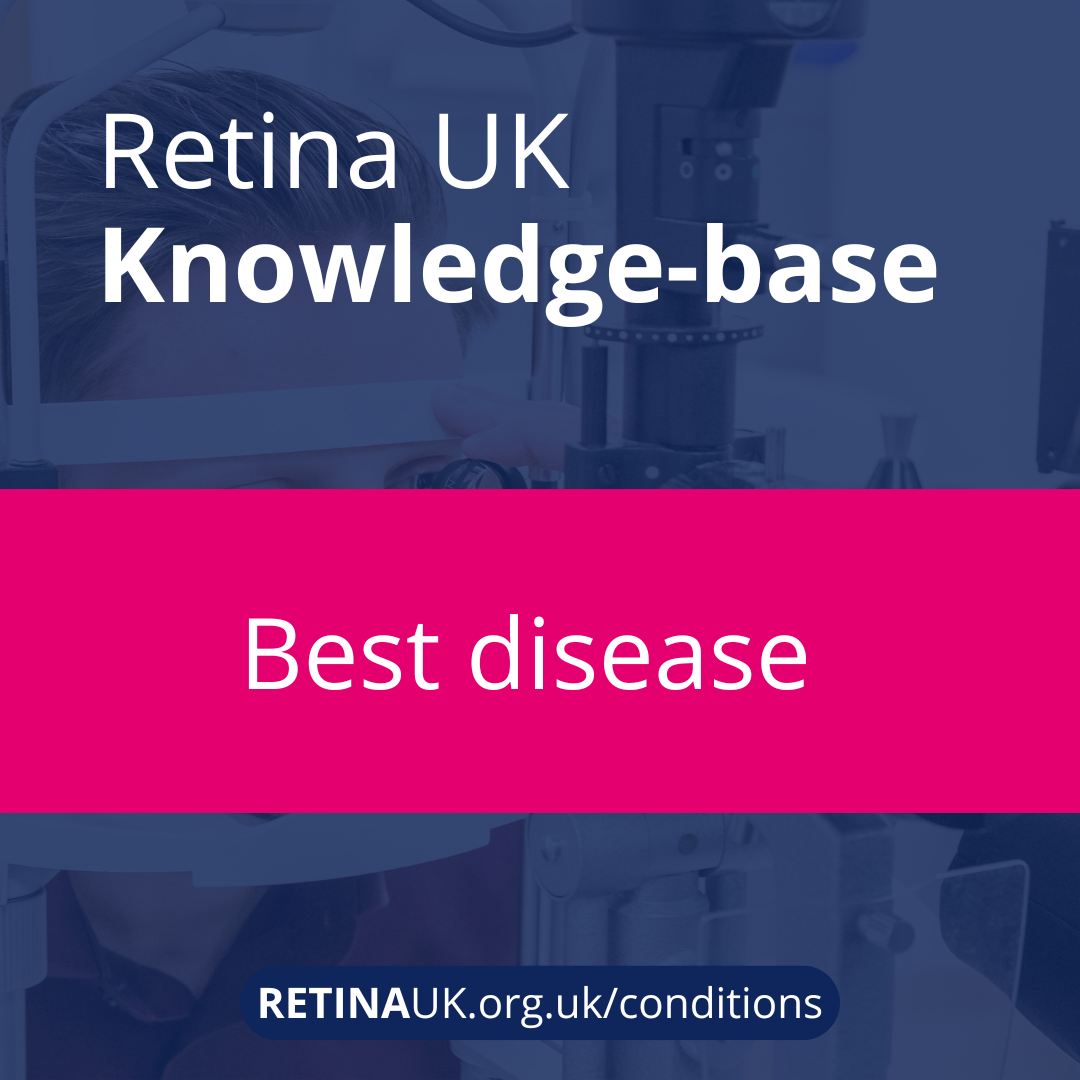
Best disease
Best disease, also known as Best vitelliform macular dystrophy (BVMD), is is an inherited eye condition associated with progressive degeneration of the macula and is a form of juvenile macular dystrophy.
Search results

Best disease, also known as Best vitelliform macular dystrophy (BVMD), is is an inherited eye condition associated with progressive degeneration of the macula and is a form of juvenile macular dystrophy.
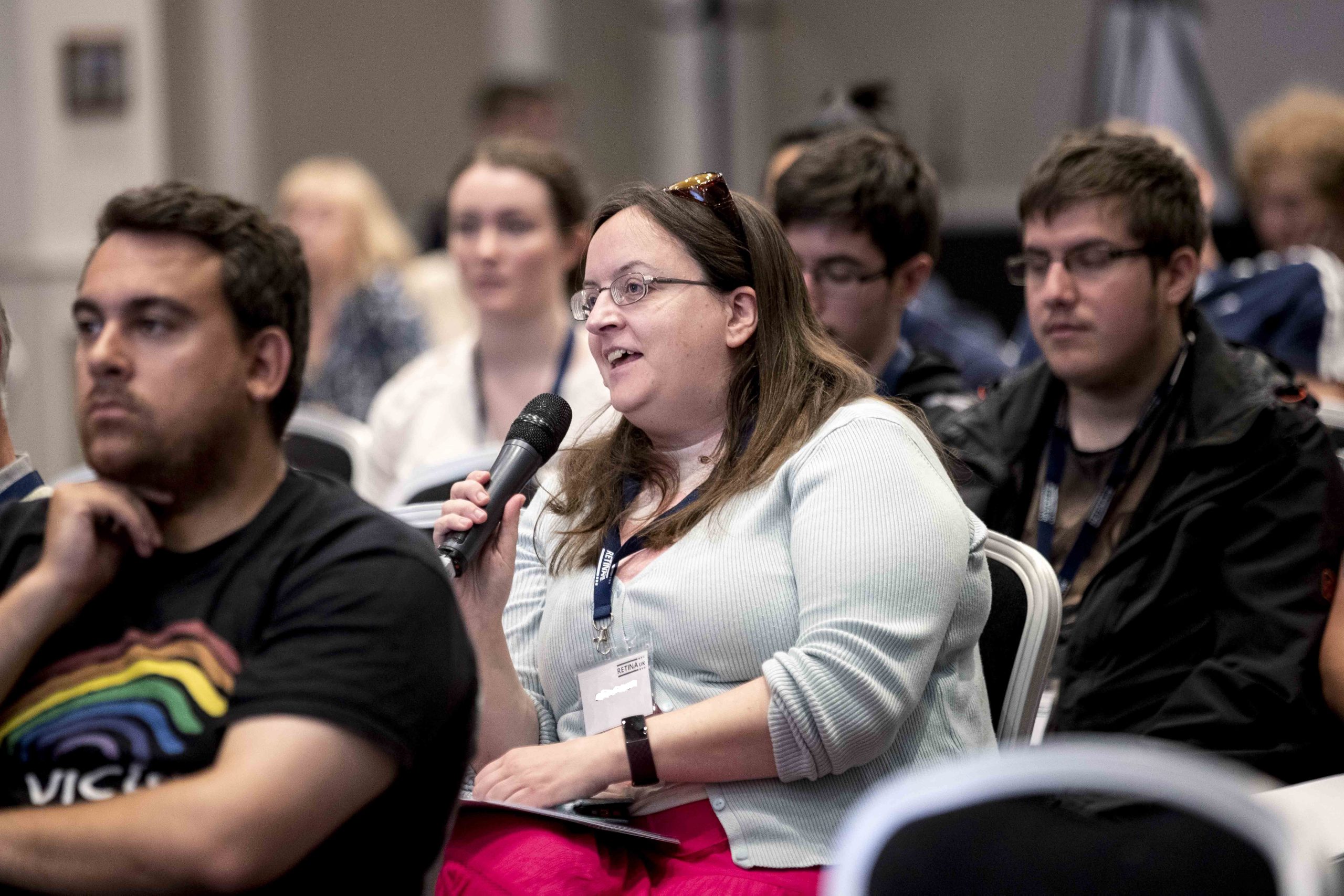
Many research studies could not take place without the participation of people living with inherited sight loss.
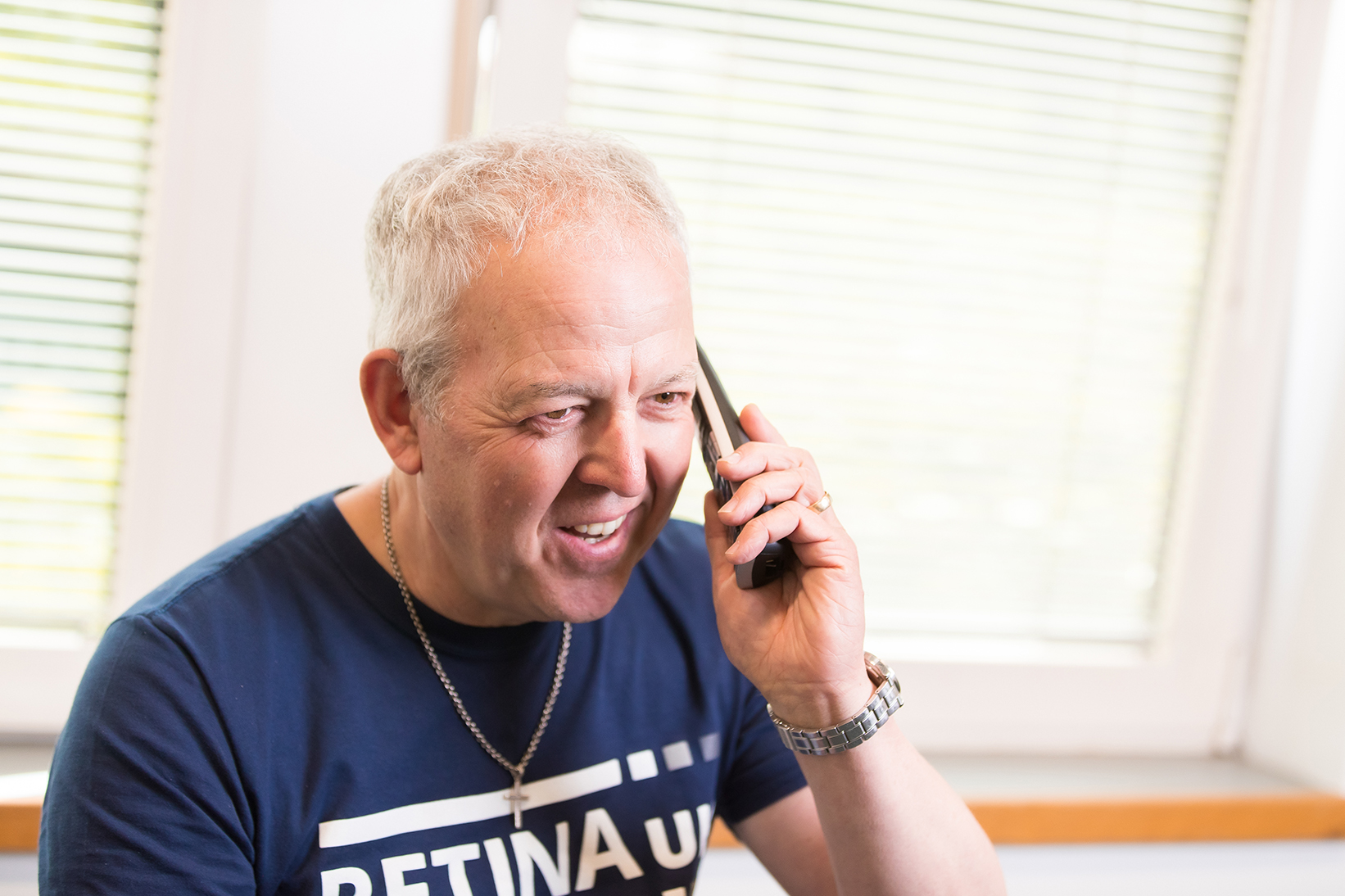
The content on this site will have answered some of your queries about inherited sight loss and associated syndromes, but everyone’s circumstances are different and you may have further questions.
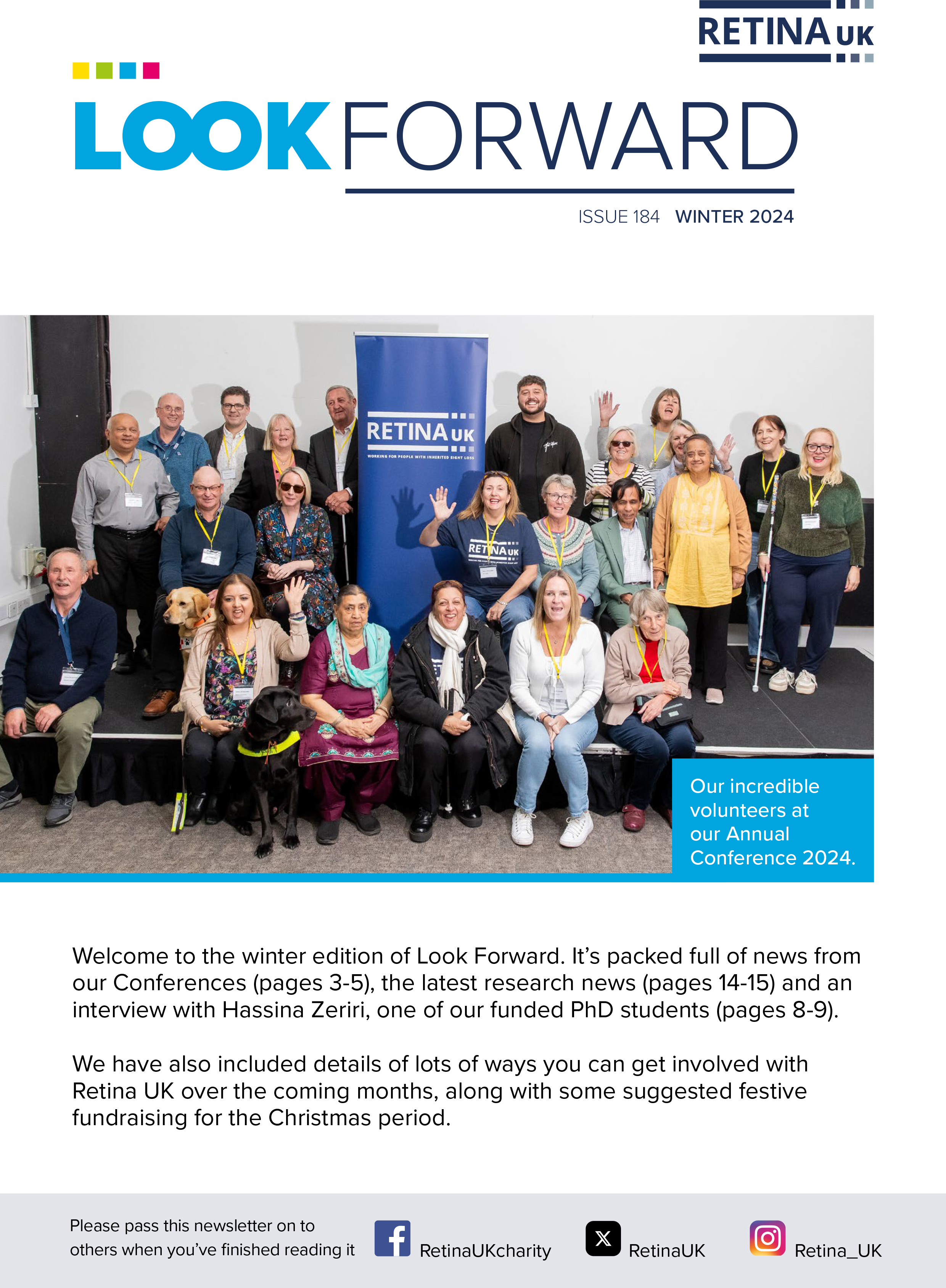
Welcome to the winter edition of Look Forward. It’s packed full of news from our Conferences, the latest research news and an interview with Hassina Zeriri, one of our funded PhD students. We have also included details of lots of ways you can get involved with Retina UK over the coming months, along with some suggested festive fundraising for the Christmas period.
This edition of Look Forward includes the very latest news about an experimental therapy by Retina UK funded researchers, an article about one of our PhD students, a calendar of events in 2025, the usual research news round-up and lots more. Please take the time to complete our Sight Loss Survey, enclosed with this edition. You can find out more about the Survey.
X-linked inheritance means that the faulty gene is located on the X chromosome, the larger of the two sex chromosomes.
Autosomal recessive inheritance means that the faulty gene is on an autosome (any chromosome other than the sex chromosomes) and that both copies need to be faulty to cause sight loss
Sepul Bio begins clinical trial of ultevursen for USH2A-associated RP
James Birtley is a Retina UK supporter and volunteer who is living with retinitis pigmentosa. He is also a scientist with a particular interest in the structure of proteins, the complex molecules that form the building blocks of our bodies.
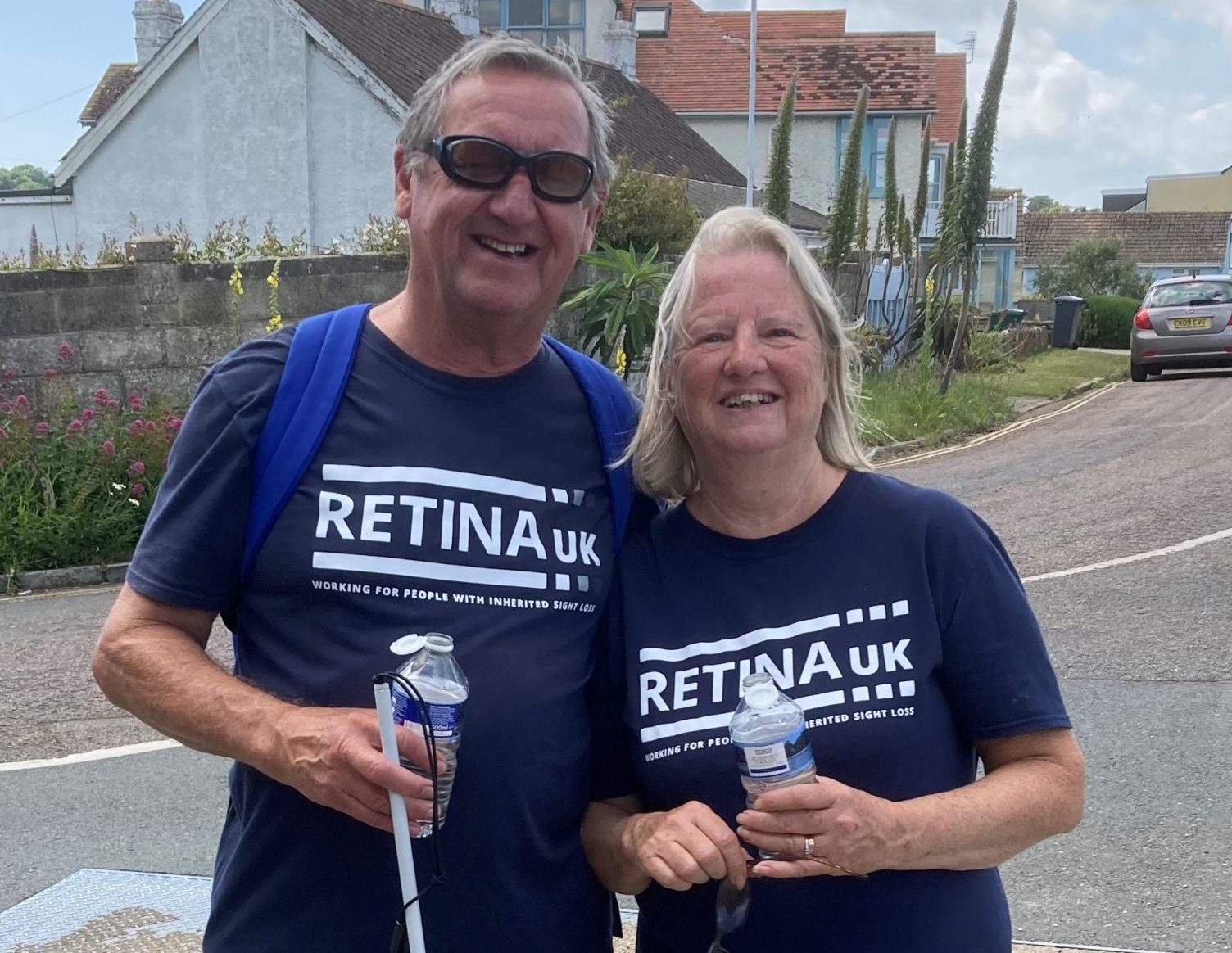
In this article, we hear Colin's story and the reasons why he has hope for the future.